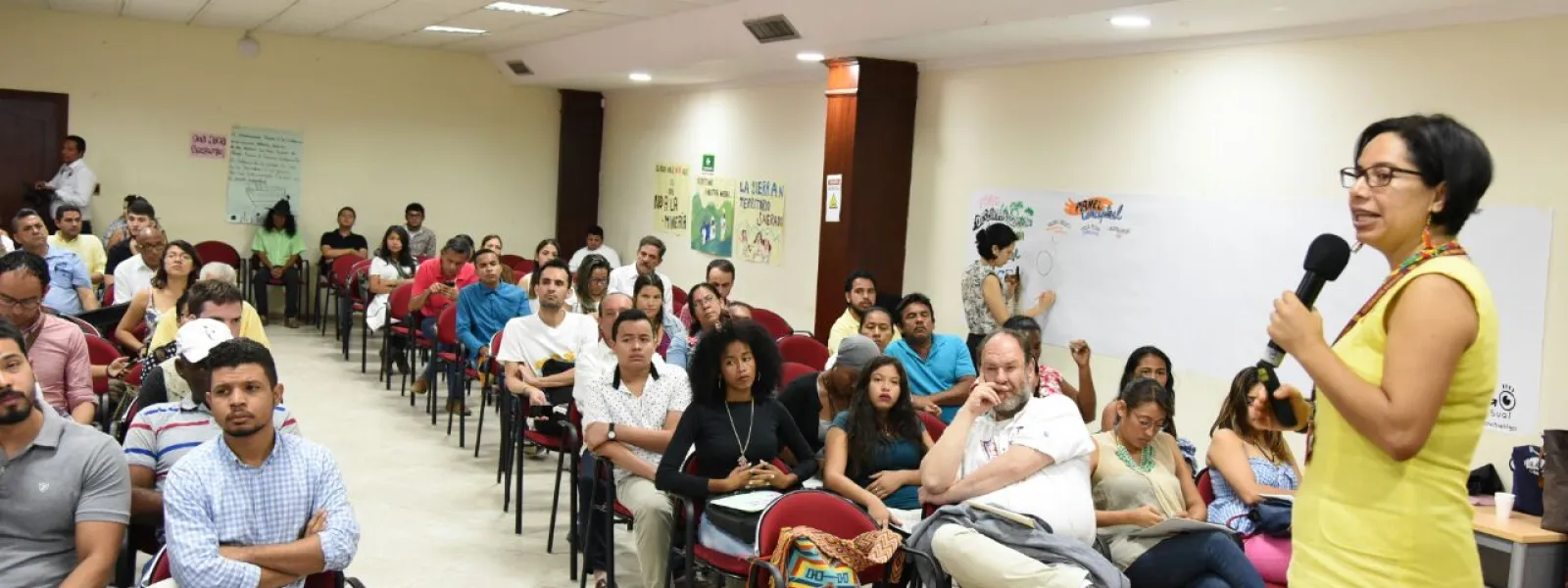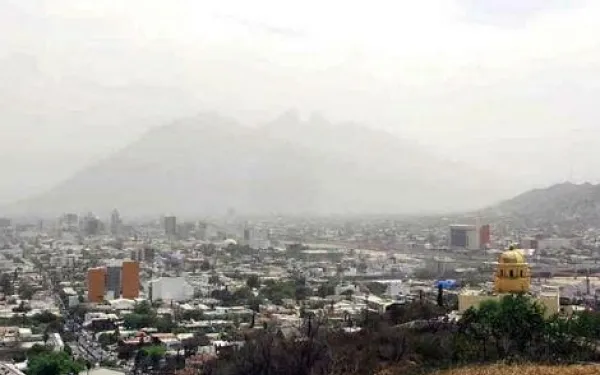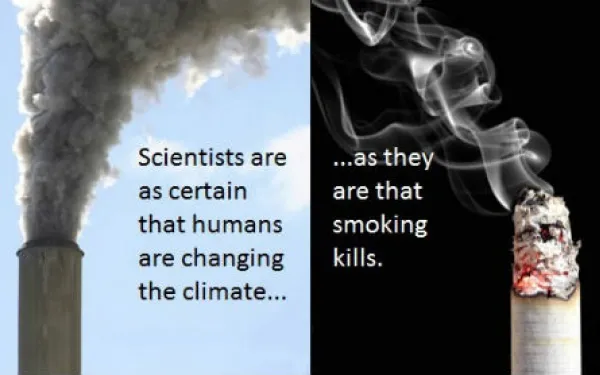
Project
Organizing the Network for Environmental Justice in Colombia
The Network for Environmental Justice in Colombia is an effort to coordinate organizations and legal resources for the protection of human rights and the environment.
The Network was founded in 2010 under the coordination of AIDA and with the help of the Latin American Institute for Alternative Society and Law, the Institute for the Study of Peace and Development, the Inter-Ecclesial Commission for Justice and Peace, and the University of Los Andes, the University of Caldas, and Del Rosario University. The network began with 79 participants and now includes more than 500 people and participating organizations.
The Network’s principal objective is to propose solutions to environmental conflicts in Colombia. It also aims to promote the fair and effective use of international and domestic environmental law, in particular, the right to a clean and healthy environment.
What does the network do?
- Facilitates the exchange of knowledge and information to implement legal strategies in precedent-setting cases. One such project was the Mandé Norte Mine, in which several members of the Network developed a legal strategy, resulting in a judicial decision that established Colombia’s need to perform an independent environmental impact assessment. Most importantly, the decision also mandated that developers obtain the consent of indigenous peoples before moving forward with any projects in their territory.
- Promotes organizational alliances, garners support, and connects legal work in defense of the environment.
- Organizes conversations, forums, and constructive debates on environmental issues.
- Provides access to legal resources including laws, court decisions, articles and legal analysis, and facilitates communication through its website and social media channels.
- Advises law students through the AIDA volunteer program. In doing so, the Network strengthens the capacity for environmental law in Colombia.
Partners:
Latest News
Legal ways to protect the environment in Colombia
By Héctor Herrera, AIDA legal advisor and coordinator of the Colombian Environmental Justice Network, @RJAColombia Our activities make an impact on biodiversity and the environment every day. The trouble is that our impact is getting increasingly harsher such as with climate change and the extinction of species like the Colombian Grebe (Podicepsandinus, in Spanish). In Colombia, in response to the above situation, the law has been improved to help protect the environment. The Colombian Constitution, for example, recognizes the importance of protecting the environment and the right to a healthy environment in Article 79, while national environmental laws and in other legal instruments offer more help. The following are some of the most important legal proceedings in Colombia designed to achieve and protect the right to a healthy environment. Action of "tutela" This legal remedy was created with the 1991 Constitution to provide immediate protection for fundamental rights such as the right to life. To protect the right to a healthy environment, the Constitutional Court of Colombia ruled in Sentence T-1527 in 2000: “While the right to a healthy environment is not considered a fundamental right in our constitution, it is a collective right that can be protected by popular actions. It can be protected through the exceptional mechanism of the action of tutela when actions or omissions by public authorities or private individuals threaten or violate fundamental rights, such as to life, health, physical integrity, or if it affects the public right to a healthy environment. It is thus a fundamental right by connection."[1] Compared to other legal proceedings, the action of tutela is simpler and swifter in its procedures. Popular Action This action is enshrined in Article 88 of the Colombian Constitution. It provides protections for collective interests and rights associated with public health and the environment. Article 88 was further developed in Law 472 of 1998, whose Article 4 contains a non-exhaustive list of collective rights and interests that can be protected by this legal proceeding. These include the enjoyment of a healthy environment, the existence of ecologic balance and access to public services. The goal of this popular action is to eliminate hazards, threats or violations to collective rights, and restore things to their previous state when possible. This action is preventive, restorative and compensational in nature. An emblematic case involving popular action was taken by the Corporación para el Desarrollo Sostenible del Archipiélago de San Andrés, Providencia y Santa Catalina (CORALINA) before the Dispute Tribunal of San Andrés, Providencia and Santa Catalina. CORALINA demanded protection for the right to a healthy environment, the existence of ecological balance, and the rational management and use of natural resources as well as the protection and attention to regional species and ecosystems to permit a sustainable development of the community and the environment. The tribunal ruled in favor of CORALINA in a sentence that can be consulted here (in Spansih). Group Action This action is contained in Article 88 of the Colombian Constitution and should be considered in combination with Article 79, which stipulates the right to a healthy environment. Unlike popular action, which seeks to prevent damage to a public right, group action seeks economic compensation for damages caused to a group of people with homogeneous characteristics with respect to the activity that caused the damage. A symbolic case was the group action taken by peasants and fishermen affected by an oil spill on the Trans-Andean pipeline, which is operated by Colombia’s state oil company Ecopetrol, in 2000 on the Rosario river in Nariño, a southeastern department on border with Ecuador. The oil spill caused serious environmental damage. For a detailed explanation and better understanding of this subject, you can consult the legal sources for the aforementioned proceedings. These include the Political Constitution, Law 472 of 1998, and the jurisprudence of the Constitutional Court (in Spanish). [1] Sentence T-1527 of 2000 MP Alfredo Beltrán Sierra.
Read more
Air pollution in Latin America and its effect on our health and climate
By Héctor Herrera, AIDA legal advisor and coordinator of the Network for Environmental Justice in Colombia, @RJAColombia According to the latest report from the Clean Air Institute, Monterrey, Guadalajara and Mexico City (Mexico), Cochabamba (Bolivia), Santiago (Chile), Lima (Peru), Bogota and Medellin (Colombia), Montevideo (Uruguay) and San Salvador (El Salvador) are 10 most polluted cities in Latin America. In all of them, the level of air pollution exceeds World Health Organization recommendations. The scene is similar in big cities across the region: buses and trucks spew out black smoke as people walk under grey skies. This is the backdrop in The Sound of Things Falling, an award-winning novel by Colombia’s Juan Gabriel Vásquez in which descriptions like this abound: “On the corner of Carrera Cuarta, the heavy afternoon traffic was moving slowly, in single file, toward the exit on to Avenida Jiménez. I found the gap in the traffic I needed to cross in front of a small bus whose recently illuminated headlights were catching the dust from the street, the smoke from exhaust pipes and the beginnings of a light drizzle.” Vásquez is writing about Bogota. But he could just as easily have been describing Monterrey or San Salvador. Residents of Latin America’s big cities live enveloped in smog. They breathe in the microparticles of black carbon, ozone, nitrogen dioxide and sulphur dioxide that comes with the air polluted by urban transport, industry and power plants. We can get riled up when a passing truck spits a cloud of smoke in our face. But our outrage fades almost as soon when we think that making these vehicles more environmentally friendly is not our responsibility. Those decisions lie out of our reach in the hands of politicians and bureaucrats. Even so, we must understand that air pollution is a problem that affects all of us and so it is important to be aware of the associated health risks. THE Clean Air Institute's report explains how breathing in air containing a high concentration of pollutants can reduce our quality of life and lead to illness or premature death. Thankfully, the report also makes recommendations on how to avoid this. Worryingly, public health is not the only casualty of air pollution. Another is a faster pace of climate change Black carbon and ozone are short-lived climate pollutants (SLCPs) that remain in the atmosphere from days to decades. While that is nothing compared with carbon dioxide, which remains in the atmosphere for more than a century, SLCPs contribute more to climate change than carbon dioxide. This means that if we were to significantly reduce SLCP emissions, we would get quick results in slowing climate change. You can find more information on AIDA’s page on SLCPs, including descriptions of the main pollutants and the steps being taken to encourage a reduction in their emission. All of what has been said here becomes particularly pertinent when you consider that the population and number of vehicles in Latin America is growing steadily, which unfortunately is not the case for the number of measures being introduced to reduce the level of air pollutants. Whatever our motives – whether this is to improve public health, slow climate change, protect our lungs or those of future generations, or even to simply enjoy a picturesque sunset without a wall of harmful gases blocking our view of the sea or the mountains, one thing is imperative. We must work so that the air in our cities across the Americas is clean and fresh.
Read more
Climate change is real and will have a serious impact on human rights
By Héctor Herrera, AIDA legal advisor and coordinator of the Colombian Environmental Justice Network, @RJAColombia The impact of human-induced global climate change is already being felt, and going forward it will have a profound effect on the global population. Many people already believe the phenomenon exists, and they know about its likely impacts. But many others ignore the problem or deny it. In fact, the Climate Name Change initiative has compiled a list of policymakers who still deny climate change in the United States, a country with the greatest emissions of greenhouse gases in the Western Hemisphere. Watch the video Climate Name Change. Source: YouTube New and compelling evidence of climate change was published this year in the first part of the fifth report by the Intergovernmental Panel on Climate Change (IPCC), which was commissioned by the governments of 195 countries and with input from over 800 international scientists. The most recent IPCC report found that: · The warming of the climate system is ‘unequivocal,’ · The odds that humans are the principal cause of climate change are at least 95%, · The Earth’s average surface temperature rose 0.85ºC between the years 1880 and 2012, · The Earth’s sea level rose 0.19 meters between 1901 and 2010, · Average global temperatures could rise between 1.5ºC and 4.5ºC by the year 2100, and · Sea levels could rise between 26 and 82 centimeters by 2100. There is scientific unanimity on climate change, and it will have a negative impact on human rights. It is worth noting that in 2008 the General Assembly of the Organization of American States (OAS) requested the Inter-American Commission on Human Rights (IACHR) to investigate the link between climate change and human rights. Within this framework, AIDA published the report “A Human Crisis: Climate Change and Human Rights in Latin America,” which explains how the impact of global warming affects people’s ability to exercise their basic human rights in Latin America. It concludes that the IACHR should recognize the negative impacts of climate change on human rights and make recommendations to the OAS member states to fulfill their obligations to protect and guarantee human rights as global warming becomes more pronounced. The report mentions that the harmful effects of global warming include the loss of resources such as clean water as well as more extreme floods and storms, rising sea levels, more intense forest fires and droughts, and an increase in the spread of heat- and vector-borne diseases. These impacts, the document states, will have a profound effect on fundamental human rights such as the rights to a healthy environment, food, water, housing and a dignified life. AIDA says that in the face of such a scenario it is important to recognize that some communities are more vulnerable than others because they suffer from poverty or discrimination. The responsibility to take care of these communities is shared between different governments to varying degrees, which is to say that more responsibility falls on the states that have historically polluted the most. In sum, the report recommends that governments and other relevant bodies including intergovernmental organizations and international financial institutions adopt and promote measures to prevent human rights violations brought about by climate change. Althoughthese actions are executed on an institutional level, there are still many things we can do on a personal level. We can become informed of the problem, learn how to mitigate the effects of climate change and reduce greenhouse gas emissions, and apply these principles to our everyday lives. For example, you can ride a bike, reduce your electricity consumption or lessen your red meat intake. In short, the scientific community is certain that human-induced climate change is a reality. As AIDA notes in its report, the impact of global warming will seriously affect human rights in Latin America and around the globe. Now is the time to act! To learn more, visit the section on climate change on AIDA’s website.
Read more